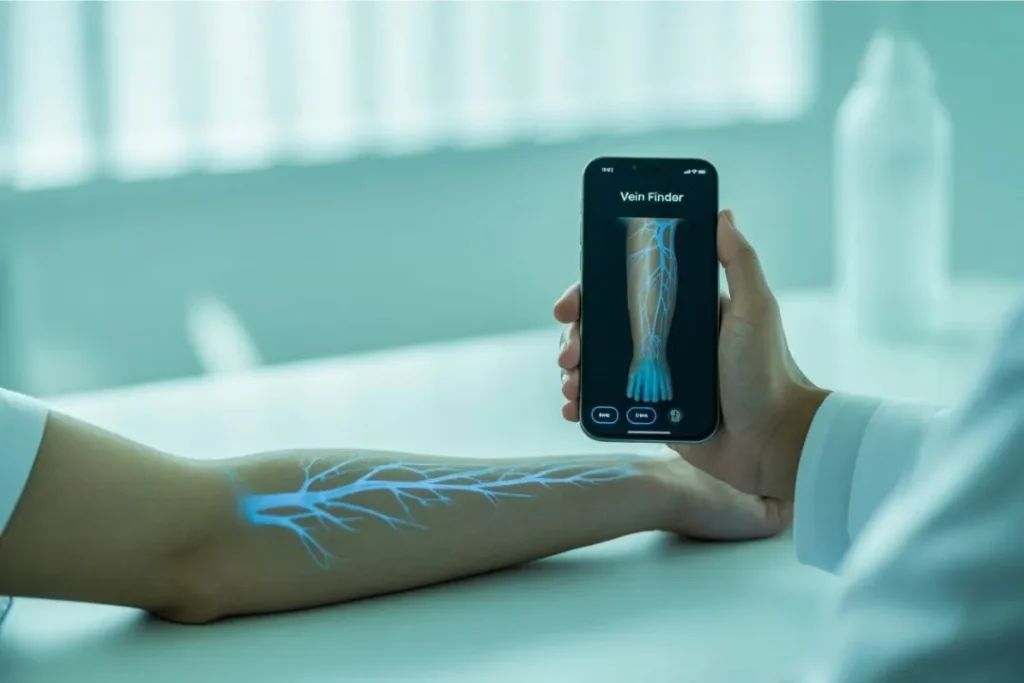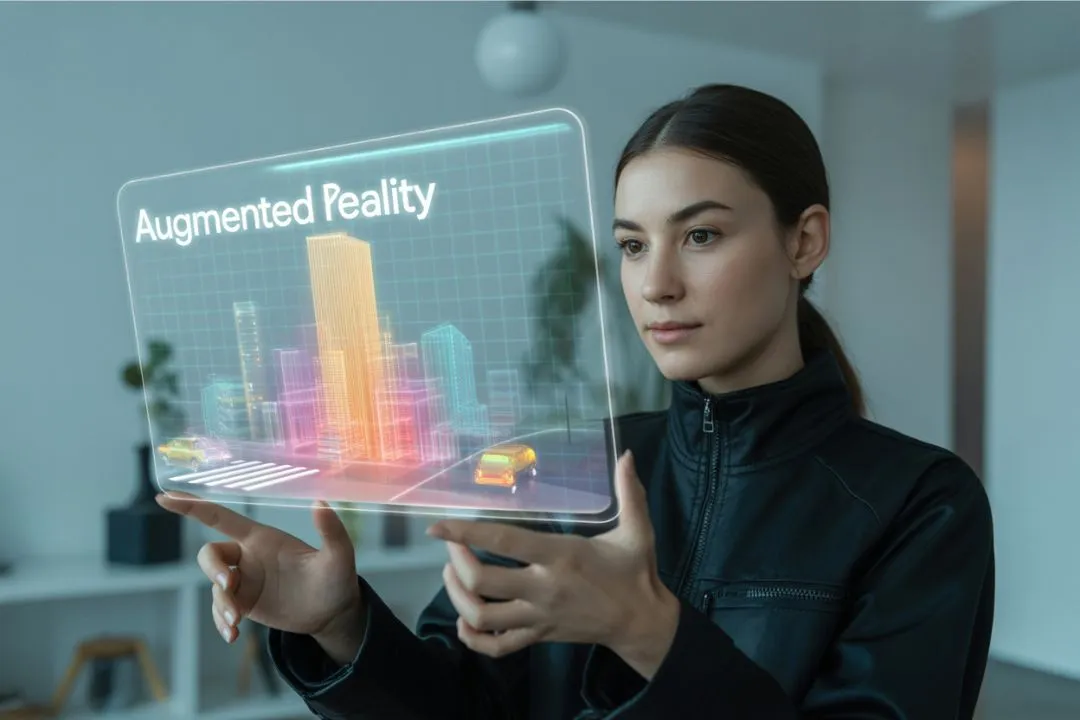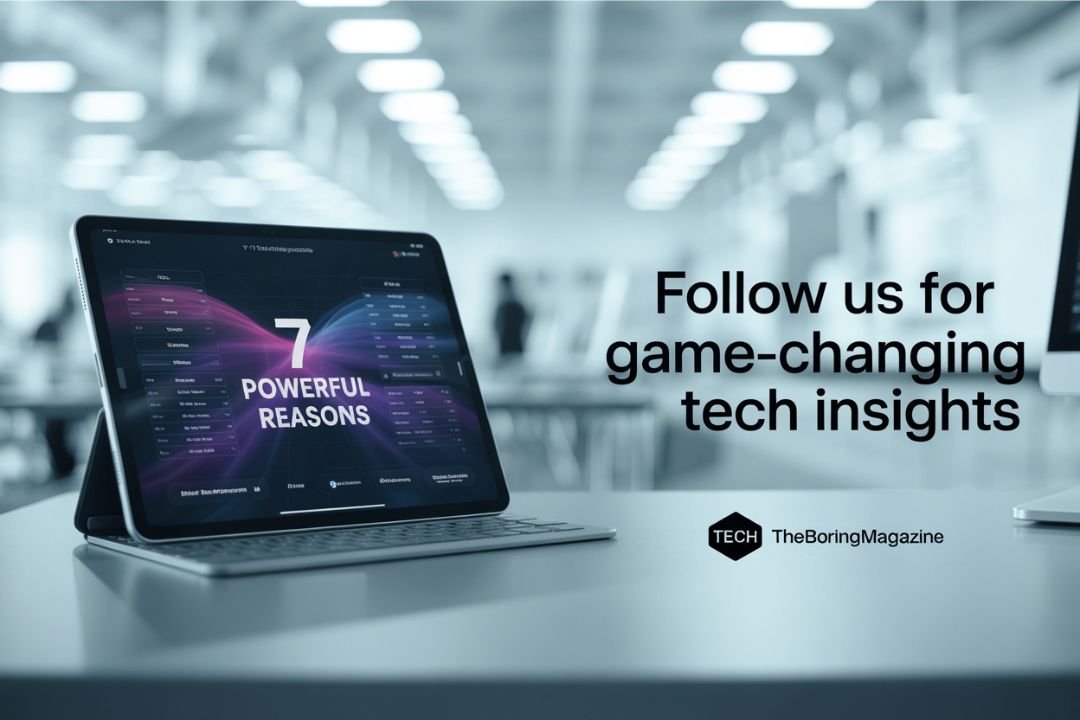Augmented Reality (AR) is changing fast, mixing digital stuff with the real world and changing how we use technology. It’s not just for fun anymore; it’s becoming an important tool in many different areas.
Applications of VR and AR – reviewslist.uk Insights
Sites like reviewslist. uk is showing how VR and AR are being used in more ways than ever. These technologies are being used in areas like video games, training sessions, and even healthcare, helping to create experiences that feel more real and engaging than before.
Items Like HoloLens 2025: What’s Coming Next
With tools like HoloLens 2025, the technology inside AR devices is getting stronger and lighter. These gadgets are meant to offer clearer images, better understanding of spaces, and easier connection to other devices.
Augmented Reality Live Experiences Are on the Rise
Augmented reality live events are becoming more popular in entertainment and marketing. Whether it’s an interactive concert or a museum display, live AR experiences keep people engaged as things happen in real time.
Funny Augmented Reality Content That’s Going Viral
Funny AR filters and effects are taking over social media.
From dancing animals in your kitchen to silly face swaps, AR keeps breaking new creative limits and keeping millions entertained.
AR and VR Legal Considerations in 2025
As more people use AR and VR, there are also more legal questions.
Issues like privacy, who owns the data, and who gets credit for creations are main topics that experts and lawmakers are looking into.
Augmented Reality Experts Shaping the Industry
Augmented reality experts are driving innovation forward. These specialists are creating advanced apps and helping shape how companies and people use immersive technology.
Augmented Reality Agency London: A Growing Hub
If you’re looking for a creative partner, an augmented reality agency in London can assist brands in developing engaging and effective immersive campaigns that capture attention and drive results.
Augmented Reality in Accounting
Augmented reality is changing the way accountants work with financial data, create reports, and explain complicated financial information. AR lets accountants see digital information in the real world, making it easier to understand and work with financial documents and analysis. As technology improves, AR and VR are no longer just for games—they are being used in important areas like finance and accounting.
Augmented Accounting
Augmented accounting uses AR tools to improve the traditional way of doing accounting. Instead of looking at spreadsheets on a regular screen, accountants can now see financial data in 3D as it happens. This lets them examine balance sheets, income statements, and audit trails in a more lively way. They can use hand movements or speak commands to control virtual dashboards, making it easier and faster to spot trends, mistakes, and chances.
This new method helps cut down on mistakes and makes decisions quicker.
Also, during meetings with clients or when explaining financial plans, stakeholders can look at and interact with financial models that appear in the room, which makes it easier to understand. Augmented accounting doesn’t take the place of accountants, but it helps them work better by giving them real-time information.
AR VR in Financial Services
The use of augmented reality (AR) and virtual reality (VR) in financial services is growing in areas like auditing, financial planning, risk management, and working with clients. VR can create realistic training situations for new accountants, helping them learn complicated financial situations through hands-on experiences. At the same time, AR adds real-time data to physical workspaces, making it easier for financial experts to give advice or perform audits with up-to-date information.
Banks and financial companies are using AR and VR to make their services more personal and interesting for customers.
For example, financial advisors can use AR to show clients how their money might grow over time by displaying visual models on a table. In banks, AR apps can help customers navigate the branch and chat with virtual assistants for help as they go about their business.
Combining AR and VR improves how clear and efficient financial services are, and also makes clients more confident in the advice they receive.
As more businesses use these technologies, financial professionals will need to learn new skills and be ready to adapt to changing work environments.
Augmented Reality Vein Finder

An augmented reality vein finder is a new medical tool that uses AR technology to show live images of veins on the skin’s surface. It helps nurses, doctors, and phlebotomists find veins faster and more accurately when giving injections, starting IVs, or taking blood. Finding veins can be tough, especially when they are small or hard to see. AR vein finders make veins easier to see, lessen patient discomfort, and improve the chances of successfully inserting a needle the first time.
These devices usually use near-infrared light and AR projection to find veins and show their exact spot on the patient’s skin.
Because of how reliable and simple they are to use, more hospitals, clinics, and mobile health services are starting to use them.
Vein Finder Nearby
Many hospitals and diagnostic facilities offer vein finders as part of their patient services if you’re looking for one nearby. Small, portable AR vein finders are also used by some mobile health providers to assist with at-home medical care. For people of all ages, having a vein finder close by can help make medical procedures safer, quicker, and easier, whether they are for routine blood tests or more involved treatments.


